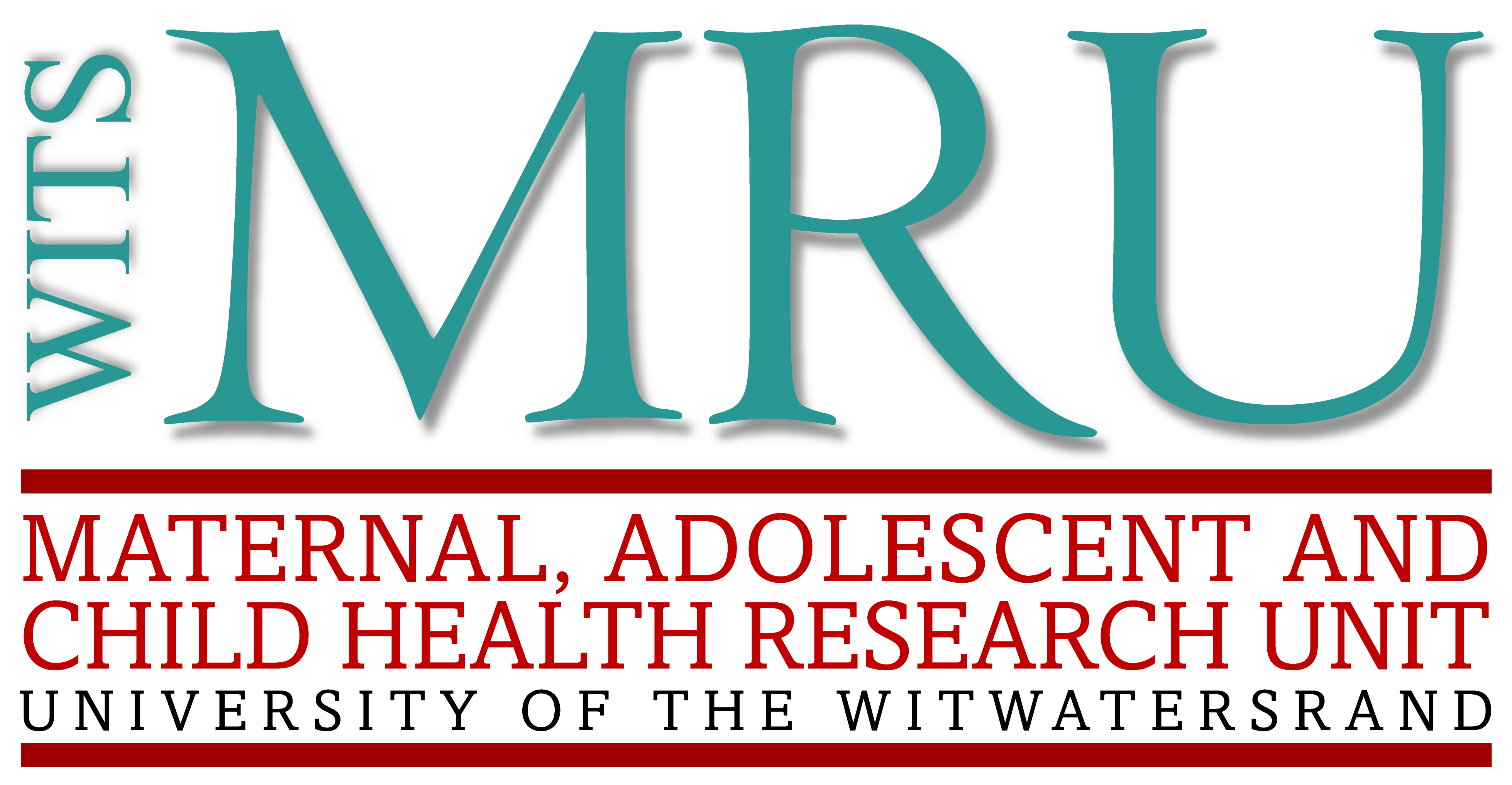Conference programme
Click here to see a final detailed programme
The conference offers a varied three-day programme with scientific presentations, discussion panels, interactive workshops and much more. Read the sneak preview below and check this page for regular updates on the programme.
Programme sneak preview
Conference track 1: Advocacy & Campaigning
Global female condom advocacy
This session on Global Female Condom Advocacy will focus on the role of major donors such as USAID and UNFPA in increasing meaningful access to female condoms. Speakers will present strategies for advocating for female condom procurement and comprehensive programming to international stakeholders, implementers, national missions and donors.
Moderated by Serra Sippel (Centre for Health And Gender Equity).
In-country advocacy for female condoms: identification and mobilisation of gatekeepers
This session will discuss how gatekeepers can be most effectively mobilised to accelerate female condom access and demand. Excellent speakers, including Kehinde Osinowo from ARFH in Nigeria, and experts from Cameroon and Senegal, will share their best practices on how to change policies and implementation, as well as shedding light on the challenges they come across.
Conference track 2: Programming, Evaluation & Implementation
Stories of change
Learn about the new, innovative method for collecting experiences and information from target audiences. These insights into the consumer experience can then be turned into effective tools for programming, advocacy and donors.
Making Female Condoms Youth Friendly
Stigma and discrimination continue to impede access to vital prevention services for young people. AIDS remains a leading cause of death for adolescents and unintended pregnancy rates are high among youth worldwide.
This interactive session will take a look at how to make female condoms youth friendly. From packaging and promotion to provider attitudes, learn how best to meet the specific needs of young people with this dual protection method.
This session will be facilitated by youth representatives from advocacy groups in Nigeria and Mozambique.
Conference track 3: Technical Developments & Science
We say they work, but where’s the evidence?
This workshop will present and review the existing evidence (published and unpublished) on the use of female condoms to prevent pregnancy, STIs and HIV. The discussions will focus on the gaps in research, developing a research agenda and the need for building a stronger evidence base for female condoms.
Regulatory issues: do donors and manufacturers experience the same barriers, and how to overcome them?
This workshop will start with an introduction, followed by real-life examples in different countries and with different regulatory bodies (CE, NAFDAC, ANVISA, FDA, etc.), with special attention being paid to WHO/UNFPA pre-qualification, present and future.
About the conference tracks
Conference track 1: Technical Developments & Science
Global and local advocacy are key to securing investment in female condom procurement and programming. Advocacy aims to influence policymakers, implementing organisations, UN organisations, donors and other key stakeholders by shaping their perceptions and knowledge of female condoms and strengthening the political will to prioritise female condoms as a standard method for family planning and STI and HIV prevention.
Conference track 2: Programming, Evaluation & Implementation
Making female condoms a success, whether for family planning or HIV prevention, or both, entails more than simply making them available. Programming is an essential part of effective female condom projects. Educating, raising awareness, advocating, marketing and evaluation are necessary components of comprehensive programmes that will provide users with a positive and sustained experience with female condoms, resulting in increased female condom use.
Conference track 3: Advocacy, Campaigning & Communication
A market with more choice and more WHO pre-qualified variety in female condoms is expected to lead to more use, more competition and – over time – to reduced prices, which will benefit availability and affordability. There have been many developments in the field of female condom products, with more models pre-qualified or in the pipeline.
The GFCC 2015 programme is currently in the making. On this page we will regularly publish updates on the programme and the speakers.
